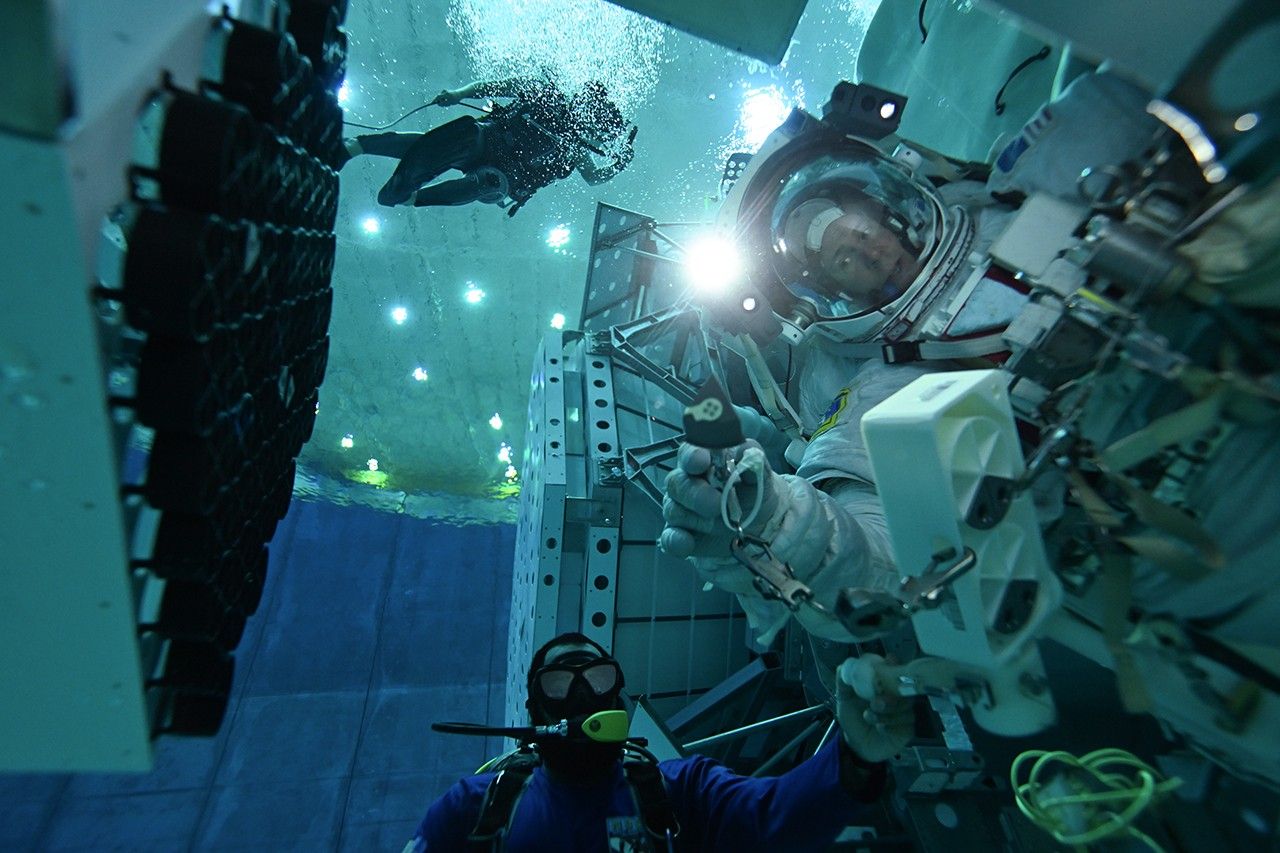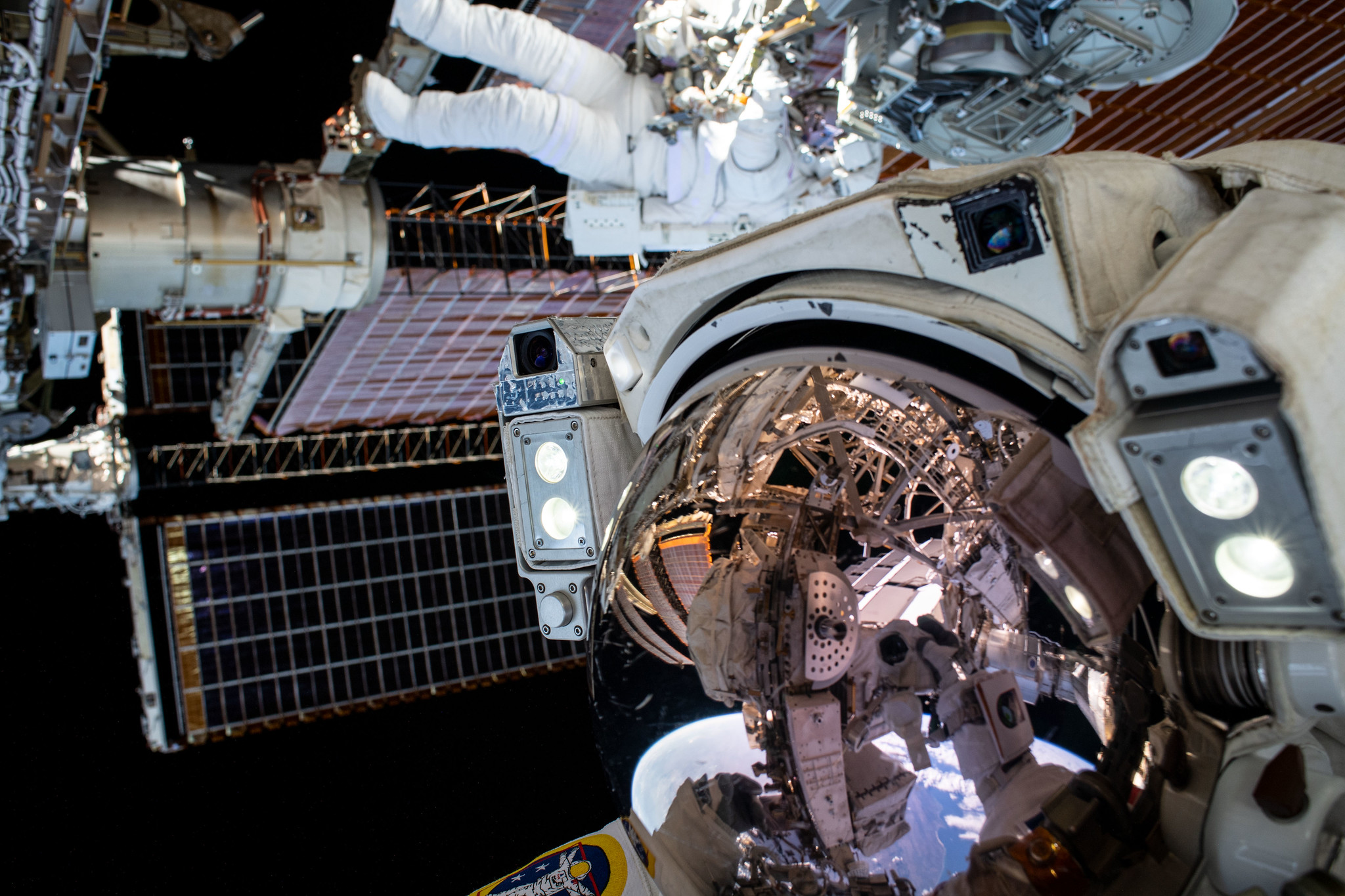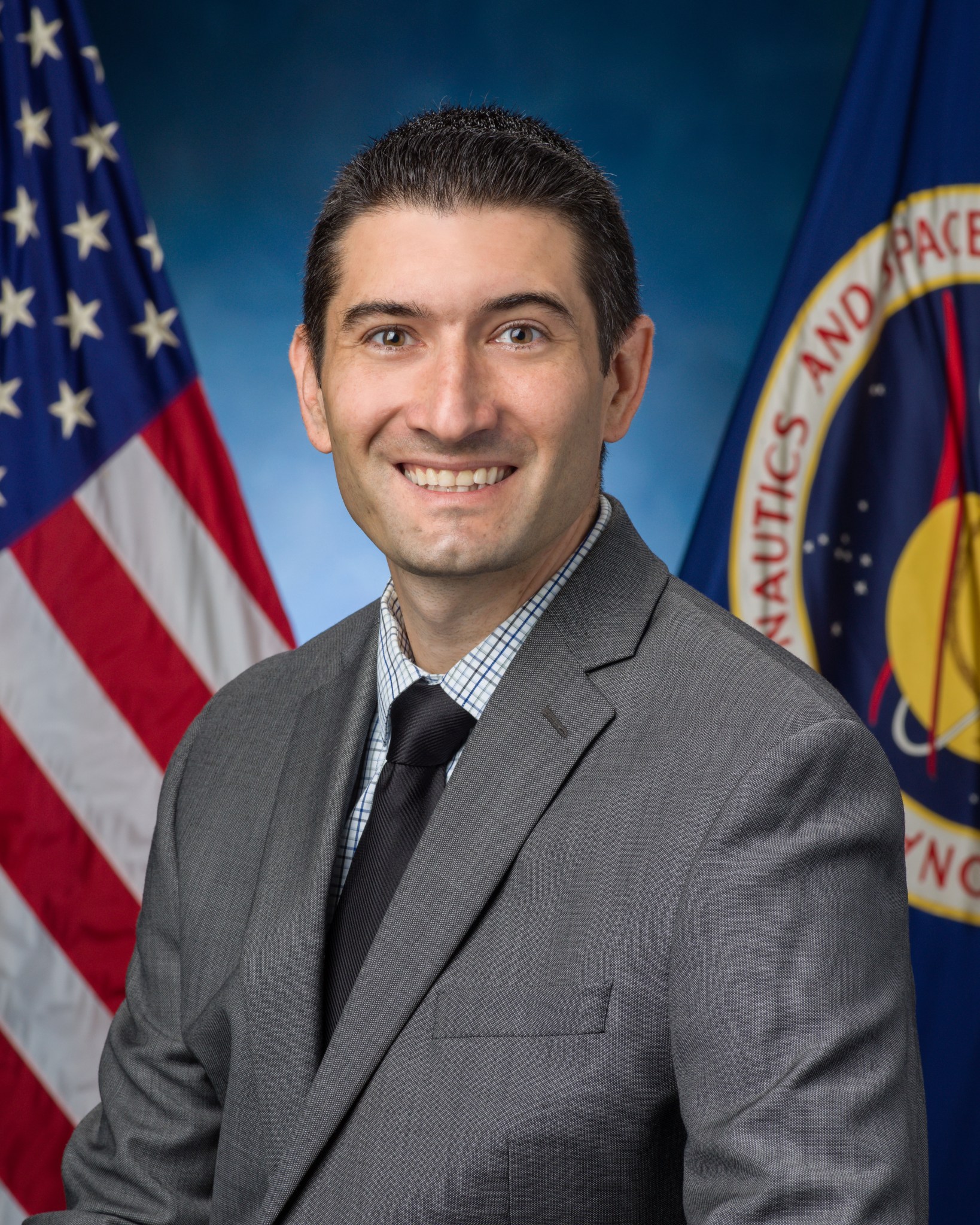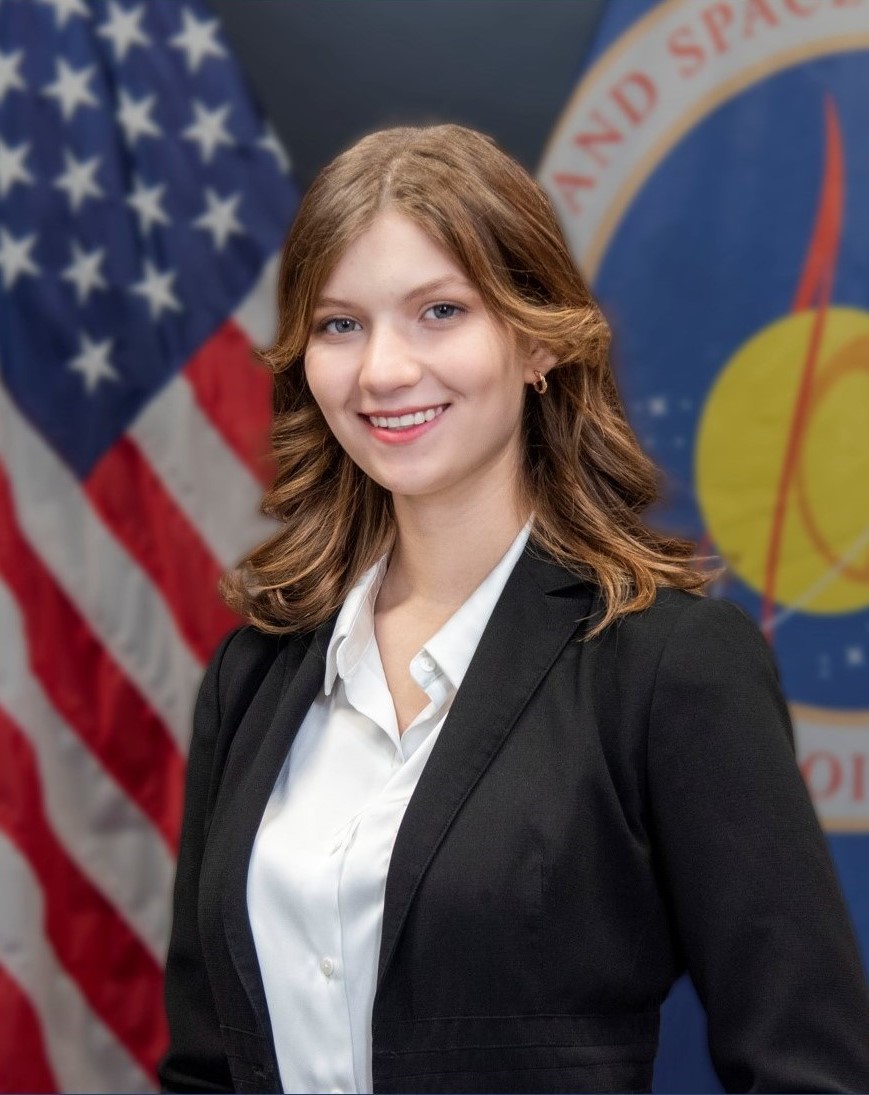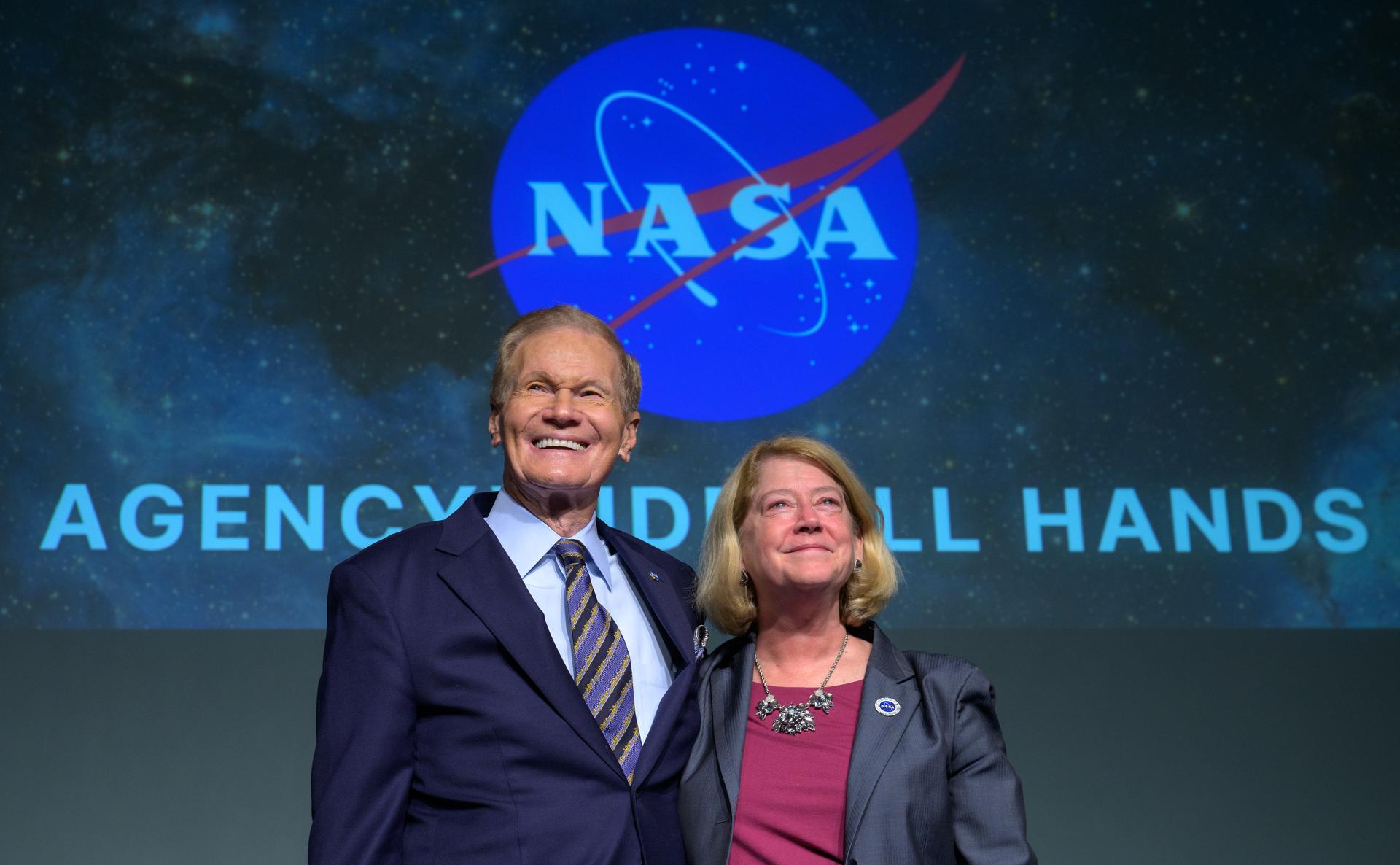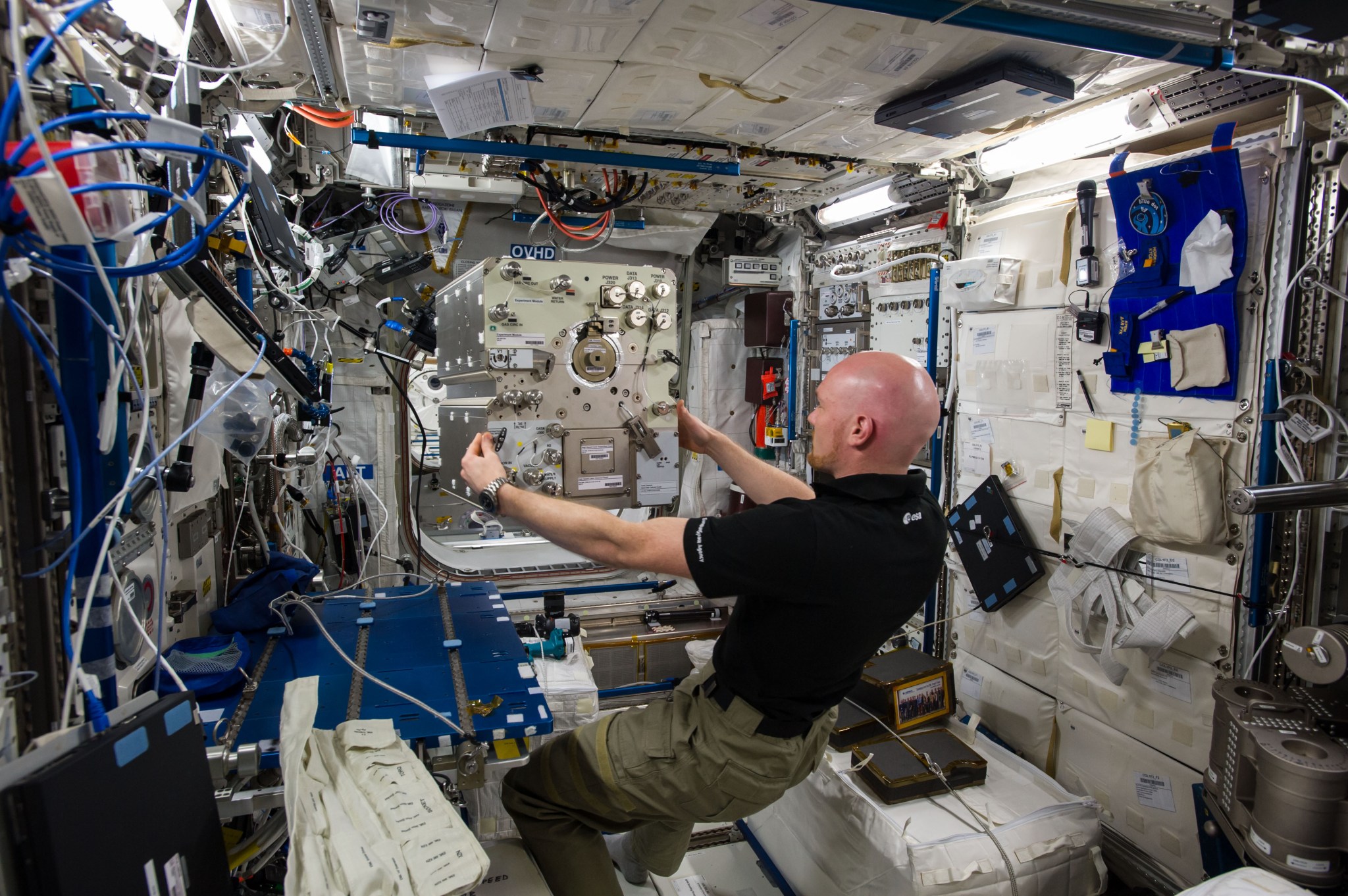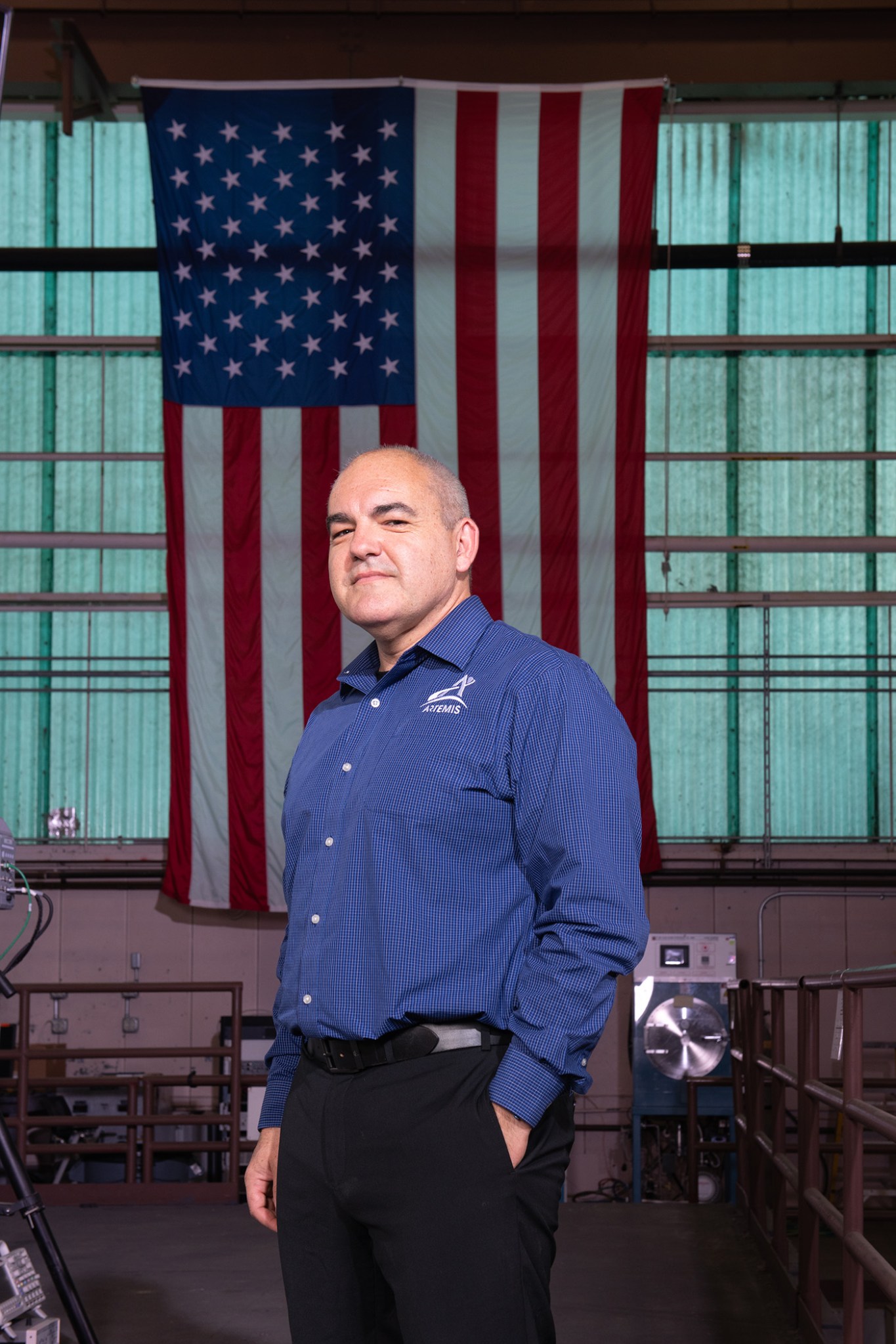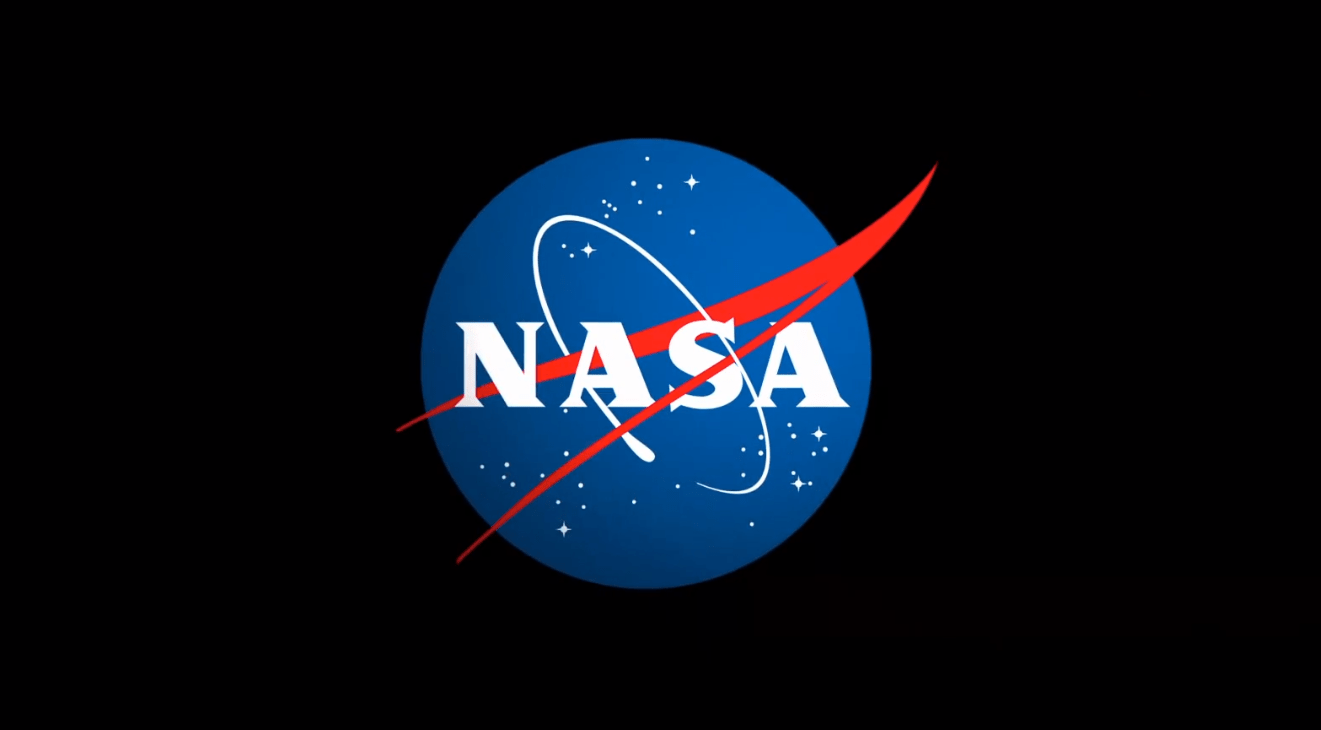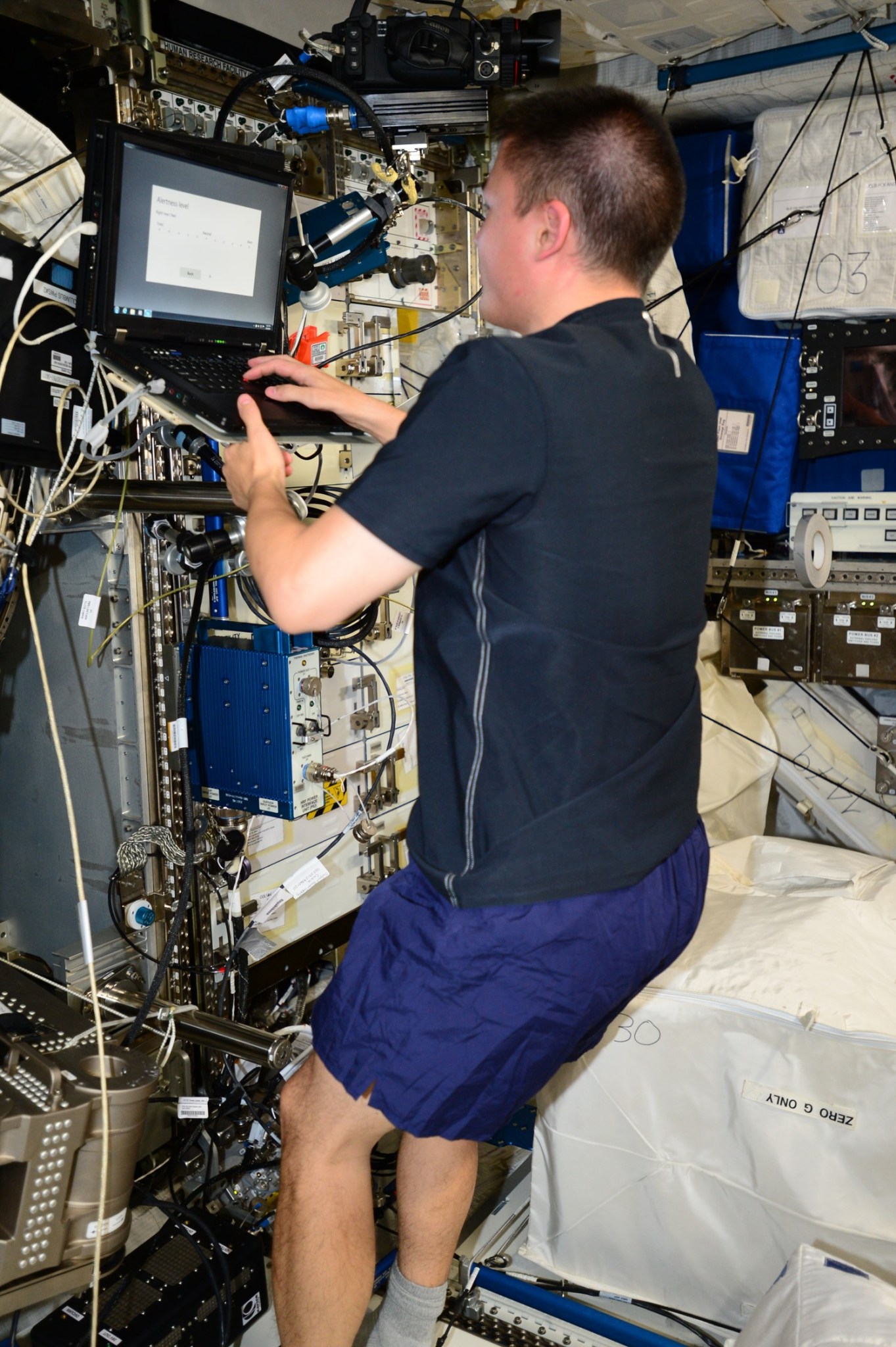4 min read Astronaut Set to Patch NASA’s X-ray Telescope Aboard Space Station NASA astronaut Nick Hague will install patches to the agency’s NICER (Neutron star Interior Composition Explorer) X-ray telescope on the International Space Station as part of a spacewalk scheduled for Jan. 16. Hague, along with astronaut Suni Williams, will also complete other tasks during the outing. NICER will be the first NASA observatory repaired on-orbit since the last servicing mission for the Hubble Space Telescope in 2009. Hague and other astronauts, including Don Pettit, who is also currently on the…
Read MoreTag: Johnson Space Center
NASA to Cover Two Spacewalks, Hold Preview News Conference
NASA astronaut Shane Kimbrough and ESA (European Space Agency) astronaut Thomas Pesquet conduct a spacewalk to complete work on the International Space Station on June 25, 2021. Credit: NASA Two NASA astronauts will venture outside the International Space Station, conducting U.S. spacewalk 91 on Thursday, Jan. 16, and U.S. spacewalk 92 on Thursday, Jan. 23, to complete station upgrades. NASA also will discuss the pair of upcoming spacewalks during a news conference at 2 p.m. EST Friday, Jan. 10, on NASA+ from the agency’s Johnson Space Center in Houston. Learn…
Read MoreNASA Names Adam Schlesinger as Commercial Lunar Payload Services Project Manager
Official portrait of Adam Schlesinger. NASA/Bill Stafford NASA has selected Adam Schlesinger as manager for CLPS (Commercial Lunar Payload Services). Schlesinger previously served as the Gateway Program habitation and logistics outpost project lead engineer at Johnson Space Center. “I am honored and tremendously excited to take on this new role as NASA continues to enable a growing lunar economy while leveraging the entrepreneurial innovation of the commercial space industry,” Schlesinger said. Schlesinger brings more than 20 years’ experience to NASA human space flight programs. Prior to supporting Gateway, Mr. Schlesinger managed…
Read MoreHigh School Aerospace Scholars Launches Dreams, Inspires the Artemis Generation
To put boots on the Moon—and keep them there—will require bold thinkers ready to tackle the challenges of tomorrow. That’s why NASA’s Office of STEM Engagement at Johnson Space Center in Houston is on a mission to empower the next generation of explorers in science, technology, engineering, and mathematics (STEM). Through the High School Aerospace Scholars (HAS) program, Texas juniors have the opportunity to immerse themselves in space exploration through interactive learning experiences. “HAS is such an important program because we introduce students to the multitude of careers and experiences…
Read MoreEarth to Space Call: NASA Leaders to Speak with Station Astronauts
NASA Administrator Bill Nelson, and NASA Deputy Administrator Pam Melroy, react as they are recognized by employees during a NASA agencywide all hands on Dec. 6, 2024, at the NASA Headquarters Mary W. Jackson Building in Washington. Credit: NASA/Bill Ingalls NASA Administrator Bill Nelson and Deputy Administrator Pam Melroy will speak with NASA astronauts Nick Hague, Butch Wilmore, Suni Williams, and Don Pettit on Monday, Jan. 6, to discuss their mission aboard the International Space Station. The Earth to space call coverage begins at 1:30 p.m. EST on NASA+. Learn…
Read MoreStation Science Top News: Dec. 20, 2024
A method for evaluating thermophysical properties of metal alloys Simulation of the solidification of metal alloys, a key step in certain industrial processes, requires reliable data on their thermophysical properties such as surface tension and viscosity. Researchers propose comparing predictive models with experimental outcomes as a method to assess these data. Scientists use data on surface tension and viscosity of titanium-based alloys in industrial processes such as casting and crystal growth. Non-Equilibrium Solidification, Modelling for Microstructure Engineering of Industrial Alloys, an ESA (European Space Agency) investigation, examined the microstructure and…
Read MoreNASA Names Carlos Garcia-Galan as Gateway Program Deputy Manager
Official portrait of Carlos Garcia-Galan, deputy manager for the Gateway Program. NASA/Bridget Caswell NASA has selected Carlos Garcia-Galan as deputy manager for the Gateway Program. Garcia-Galan previously served as manager of the Orion Program’s European Service Module Integration Office at Glenn Research Center. “I am tremendously excited to take on this new role and help lead development of humanity’s first outpost in deep space,” Garcia-Galan said. “I’m honored to join a top-class Gateway team around the world, as the first elements of the complex move toward completion.” Garcia-Galan brings more…
Read MoreStation Science Top News: Dec. 13, 2024
Benchmarks for solidifying metal alloys Researchers report benchmark data for modeling the growth of specific types of microstructures that form during solidification of metal alloys under different conditions. These microstructures affect the properties of materials and products such as refrigeration devices and solar cells. The ESA (European Space Agency) Columnar-to-Equiaxed Transition in Solidification Processing (CETSOL) investigation studied the processes of metal alloy solidification and the crystal patterns that form as liquids transition to solids. Results could improve ground-based development of lightweight, high-performance structural materials for space and ground applications. Microgravity…
Read MoreNASA Awards Multi-Center Administrative Support Services Contract
Credit: NASA NASA has selected FedSync-BFS, LLC of Alexandria, Virginia, to provide administrative services for multiple NASA centers. The Multi-Center Administrative Support Services Contract is a firm-fixed-price and indefinite-delivery/indefinite-quantity contract with a value not to exceed $200 million during a five-year ordering period. The performance period begins April 1, 2025. Contracted work will take place in six NASA centers and facilities, including Johnson Space Center in Houston, Kennedy Space Center in Florida, Marshall Space Flight Center in Huntsville, Alabama, the Michoud Assembly Facility in New Orleans, Stennis Space Center near…
Read MoreStation Science Top News: Dec. 6, 2024
Astronaut cognitive performance remains generally stable Researchers found that astronauts on six-month missions to the International Space Station demonstrated generally stable cognitive performance but mild changes in certain areas, including processing speed, working memory, attention, and willingness to take risks. This research provides baseline data that could help identify cognitive changes on future missions and support development of appropriate countermeasures. Research to date has suggested mild decreases in some cognitive performance domains during spaceflight, likely influenced by spaceflight stressors such as radiation and sleep disruption. Longer missions represent greater exposure…
Read More